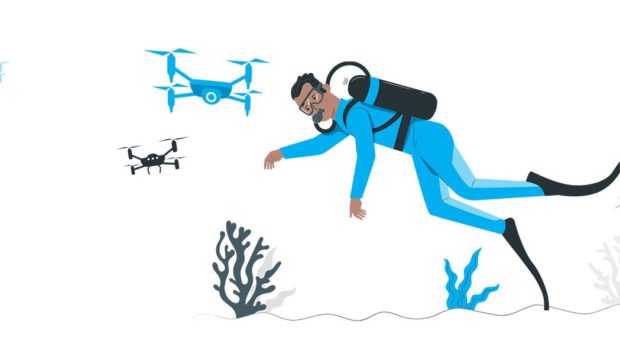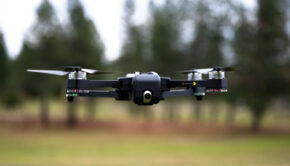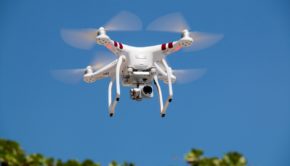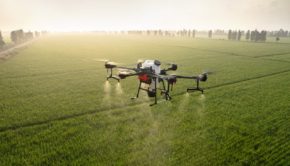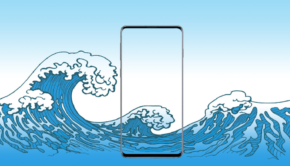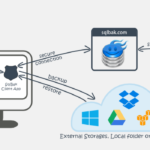All types of waterproof drones and how they differ from normal quadcopters
I’m sure everyone flying a drone over water has experienced a subtle fear of crashing it into the water and never being able to get it back, and for that exact reason engineers have developed waterproof drones.
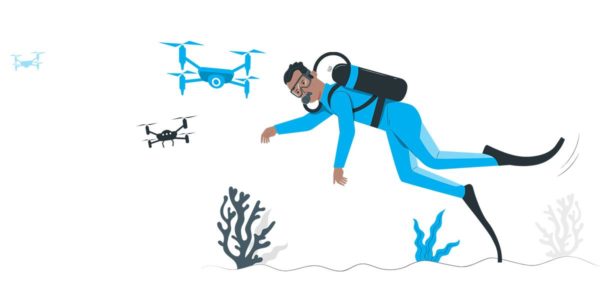
Well… for other reasons too, but that’s what this article is all about.
Let’s have a look into the world of waterproof drones, and see what you should know about them, which ones are the best and what are the types out there (there’s more potential uses than you can think).
Splash Proof vs Waterproof
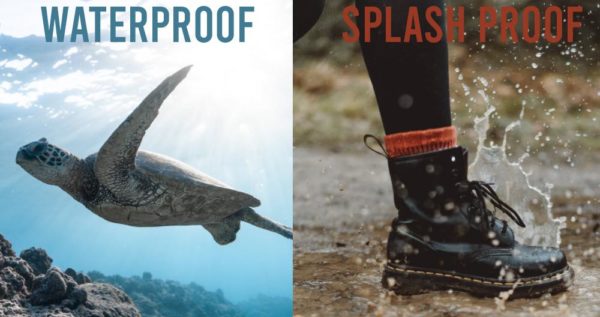
The first problem with modern waterproof drones is that some companies advertise their drones to be waterproof when they are actually just splash proof.
The difference between splash proof and waterproof drones is that one can handle complete submerging underwater while the other is simply more resistant to things like a light rain or shower and simply splashing, as the name implies.
Every bit of waterproofing makes a lot of difference when it comes to drones.
There are situations where for example you get caught by the start of rain and can’t land at that exact spot and therefore need to fly it back to safety while being showered a bit.
I personally tried doing that with DJI drones too and they’re still fine even though they’re not even splash proof.
Most drones can be quite durable when it comes to getting slightly wet, but don’t forget they’re electronic and this means it’s very risky and unpredictable.
What are the uses of a waterproof drone
Since a waterproof drone is simply any Unmanned Vehicle that’s remotely controlled but also waterproofed, all the standard drone uses also applies to it.
However there are certain areas where they excel and can make the most of the added protection they come with.
Some of the Uses include things like search and rescue, fishing, underwater exploration and more.
Let’s have a look at each one of these and see how the drones are used in that scenario.
Fishing Drones
I’d like to start with this because if you’re looking at my top fishing drones, you will find out that surprisingly they’re not all waterproof.
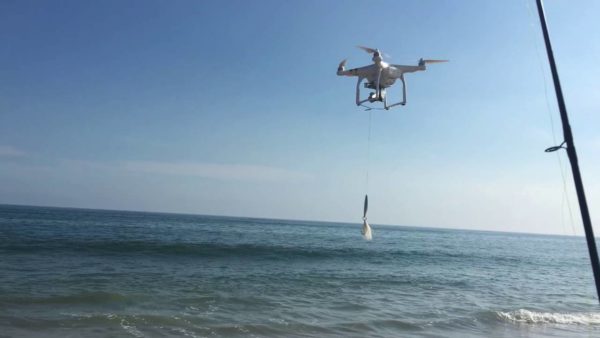
Since the role of a fishing drone is to carry the bait to a spot farther where fish might be and then come back, it’s not necessary for it to go in the water or even touch it.
However, having a waterproof drone to do this definitely makes things more relaxed. Especially since there are drones out there like the Swellpro SplashDrone 3 that can float and even launch from water.
So what’s the basics behind fishing with drones?
- It’s pretty simple, in fact, all you need to do is attach a clip to the drone, and have the line go through it and fix it in place.
- After that, fly with the drone and scout ahead for the perfect fishing area(while you have the bait attached and the rig loose). This way the line will extend to the point where you want it.
- At this point, all you have to do is release that fishing line, either mechanically, by fixing the line and flying away with the drone to let the tension release the bait. Or if it’s an electronic release mechanism, then simply press a button to release it.
Again, you don’t need a waterproof drone to do this, but it’s way safer and if you have a drone that can float on water, you can maybe also scout the fish underneath to see what you have to deal with.
Underwater Drones
Since we talked about fishing drones earlier, there is a way to fish with underwater drones too.
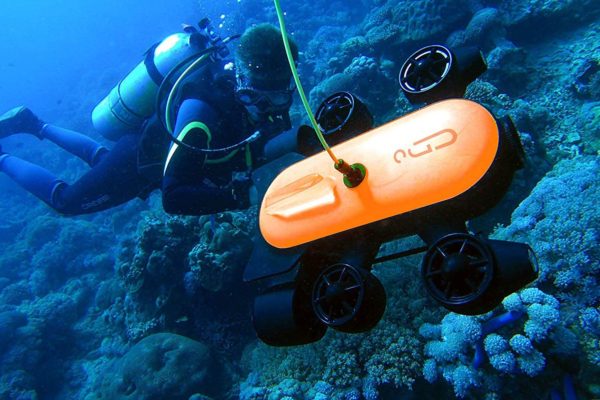
It’s pretty much the same system so I’m not going to bother explaining it, but an additional thing you should know is that there are such underwater drones that even have fish sonar to find them easier.
Otherwise, underwater drones definitely are made mainly for exploration.
It’s in fact amazing how most of these very cool underwater drones are actually even cheaper than waterproof drones that can fly. You can get some pretty cool ones for under $1000.
What to look for in an underwater drone
- Underwater waterproof drones come with a tether that’s connected to the surface, used mainly to extend the signal from the controller above. This can be between a few meters to 150m or more. I would personally look for one around 100m to be enough for exploration
- Since underneath water light has a difficult time passing, in many areas you’ll need powerful lights, so make sure to look for it to have powerful LEDs (usually two of them in front).
- Camera is definitely important, and I would say if it has a clear image and 4k resolution it should be more than enough.
Water Sports drones
Another very interesting use for waterproof drones would be water sports.
And this time it’s even more important for it to be waterproofed, since when we talk about things moving fast above water.
Whenever I filmed sports I had many instances of crashing simply because of the sheer pressure to follow the subject and trying to get interesting shots.
There aren’t many waterproof drones that can handle that stress, but knowing that you can crash at anytime is very helpful when you can actually retrieve your $1000+ drone unscaved.
Search and Rescue waterproof drones
Last category I could think of at least is one that’s becoming increasingly more useful, since drones have extended flight times and distances.
Search and rescue waterproof drones are used to scout for people lost at sea or in difficult to reach locations, and also for sending helpful first aid tools and floating devices ahead of anyone with a boat or even a helicopter.
Since drones are way cheaper to operate and store than a helicopter, more and more are going to be used for the purpose of rescuing and delivering things to people in need in hard to reach areas.
What to look for in a waterproof camera drone
As you’ve noticed so far, there are too many types of waterproof drones to universally decide on which specs you should look for.
But when it comes to basic camera drones that are waterproof, I would suggest, just like with any other drone to first have a look at how well the camera is stabilized and how good the footage is.
Afterall, a camera drone has one main function, and that is recording video. If that doesn’t work properly, nothing else matters.
So make sure it has a 3 axis gimbal or at least very good EIS (electronic Image Stabilization) for a start.
When do you NOT need a waterproof drone?
Just by adding waterproofing, the overall price of a drone increases quite a bit. So if you’re just flying drones for fun or only occasionally fly them over water, there’s no need to compromise and get a waterproof drone unless you’re fishing frequently or something. Instead buy tethered drones online which will service you better for most intents and purposes.
Conclusion
Apparently the world of drones extends farther than most people know, and now we’re not limited by fear of getting wet anymore… even being able to control our own mini-submarines. The history of drones has progressed very far and we don’t have to shy from it anymore. So what’s stopping you from exploring like never before?

